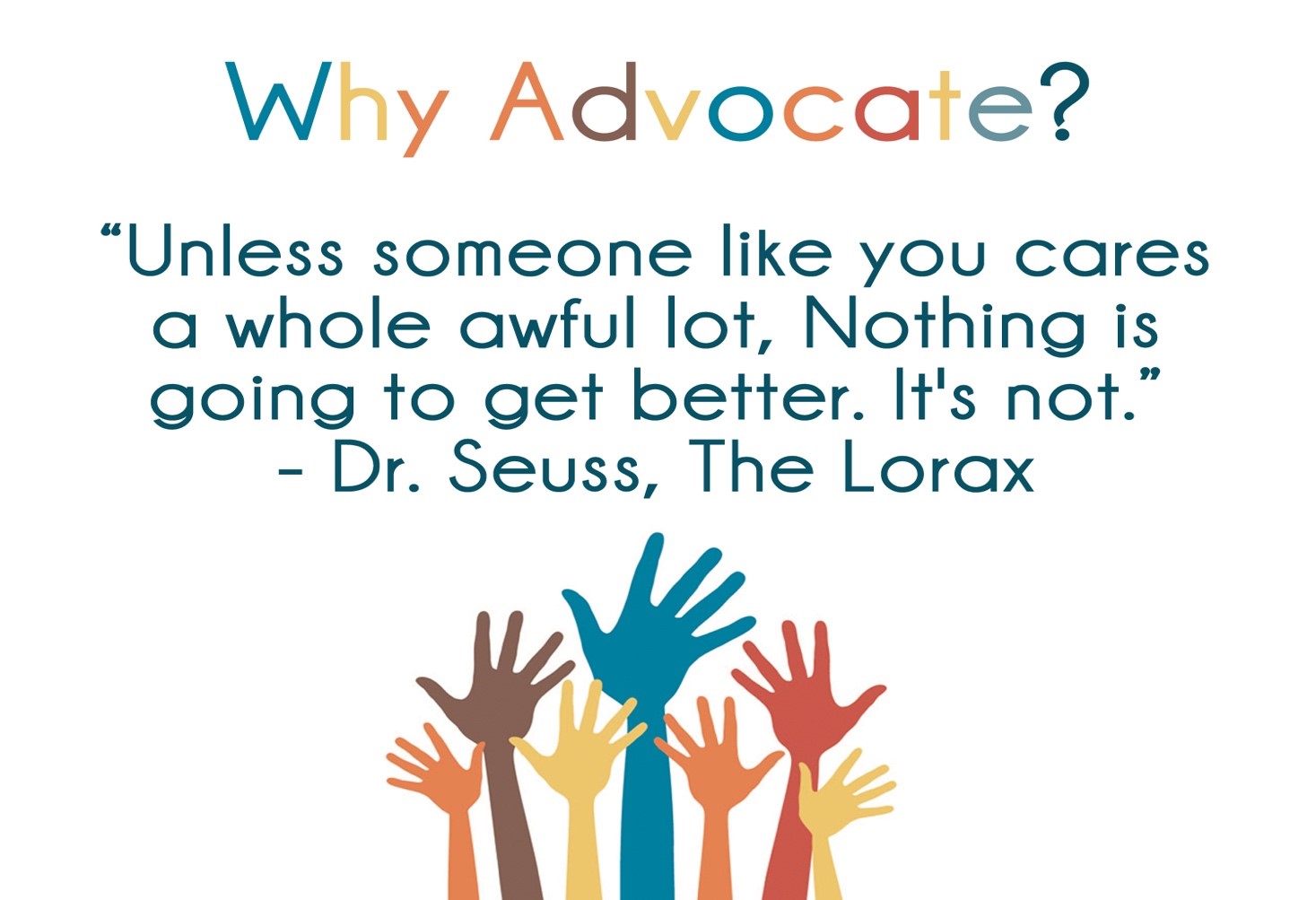

By: Colton Powell – University of Richmond Intern
We at Voices know being a child advocate can seem like a daunting task. From child poverty and school readiness to food insecurity and foster care, there is a variety of issues to delve into. It can seem impossible to pinpoint where to start when there are so many pressing areas of child well-being that is worthy of your attention. Have no fear; here are five ways you can use data to be a child advocate today!
The Virginia Department of Education’s (VDOE) School Quality Profiles allow us to drill down to individual schools to see how our children are performing in a range of metrics from test scores and absenteeism to graduation rates. For example, 76 percent of 3rd graders passed the 3rd Grade Reading SOL during the 2015-2016 academic year. Attend a school board meeting to see what is being done to improve test scores in your child’s school.
Child food insecurity may not be the first issue that comes to mind when thinking of ways to get involved, but it is an issue that we can all take steps to solve! Feeding America’s Map the Meal Gap project shows that over 268,000 children in Virginia were food insecure in 2015. Furthermore, nearly two-thirds of these kids are likely income-eligible for federal child nutrition programs. You can help conquer child food insecurity by organizing a food drive in your child’s school or in your community.
With the ongoing health insurance debate at both the state and federal levels, it is important that we ensure all of our children have access to the health care they need. According to our KIDS COUNT Data Center, there are more than 50,000 low-income children in Virginia who are likely eligible for health insurance under Medicaid and the Children’s Health Insurance Program (CHIP). Call your representatives today and tell them you support these two vital programs.
We know from Justice4All reports that kids are being suspended early and in large numbers. During the 2015-2016 academic year, there were 123,000 short-term suspensions and 3,000 long-term suspensions in Virginia. Additionally, 1 in 5 of those who were suspended were in Pre-K to 5th grade. Talk with your child’s school principal to see what alternatives to suspension can be implemented to curb suspensions in your local school district.
According to our KIDS COUNT Data Center, approximately one-third of Virginia’s children are economically disadvantaged, which means their families struggle to meet basic needs like food, shelter, and clothing. That’s over 600,000 children who wonder where their next meal is coming from or if they will have access to the resources needed for their homework. Attend a meeting of local government officials to see what efforts are being implemented to combat child poverty in your community.
Though becoming a child advocate may seem like an intimidating feat, these five simple tasks can help you get on the right track. Using the data in our KIDS COUNT Data Center can provide a framework for where to start. Simply accomplishing even one of these steps will help you start advocating for children of all ages in your community.
Read More Blog Posts